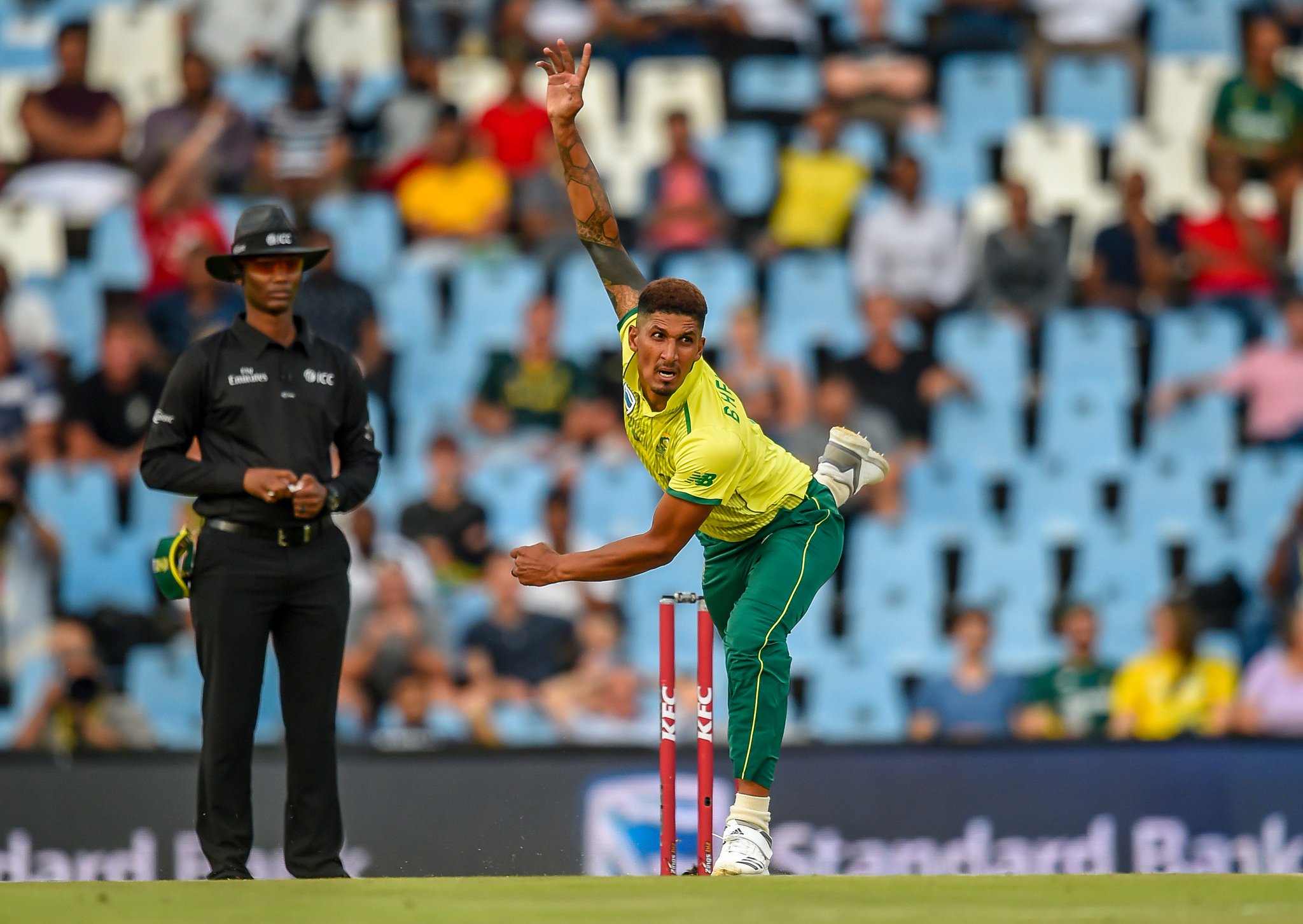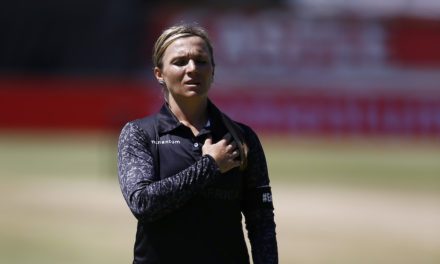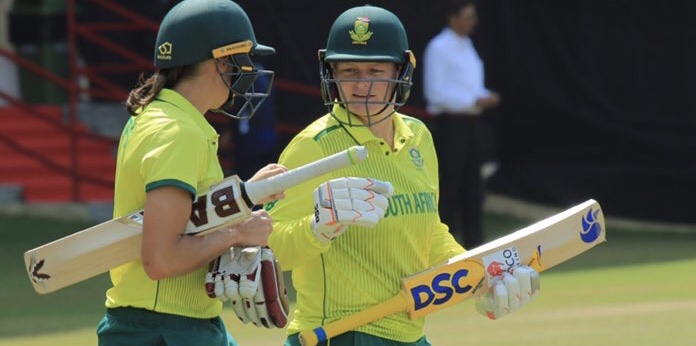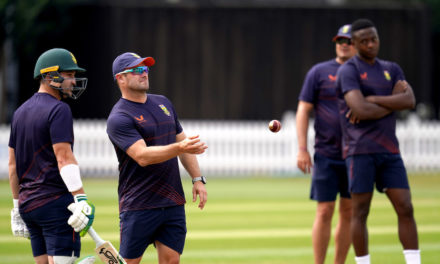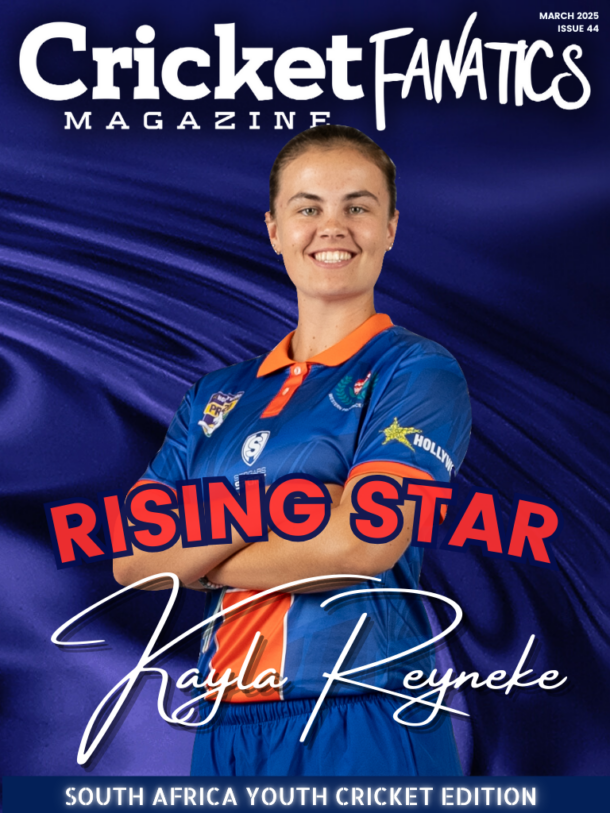Mohammad Amir and Mitchell Starc’s success at the 2019 World Cup shows that the Proteas management may have missed a trick, writes Craig Stirton.
Since replacing the injured Dale Steyn in the Proteas squad, the left-armer has been eligible for six matches before the Australia game on 6 July. Yet the 29-year-old has been selected for just two fixtures, the washed-out clash with West Indies and the thrashing of Afghanistan.
Against the Afghan minnows though Hendricks was ineffective as he conceded 25 runs in five overs without a single wicket to show for his efforts. Clearly less than impressed with his return – the selectors have not picked him since with only the Australia match still to be played.
Over the same time, Amir and Starc, not to mention New Zealand’s Trent Boult, have left their mark on the global showpiece. Starc has been the chief destroyer for the Aussies with two five-wicket hauls and two four-fors among his 24 scalps accumulated across eight matches.
Amir meanwhile has been in top form for the subcontinental outfit, taking 16 wickets in eight games with tournament-best figures of 5-30 against table-toppers Australia, his most impressive display.
Finally, Boult has given his Black Caps every chance of going one better at this year’s edition as New Zealand occupy third place on the standings. The 29-year-old has been instrumental in ensuring that the Kiwis have been a force at this year’s event, taking 13 wickets in seven matches. Should he add to his tally against England, the seamer will further enhance his reputation as a world-class speedster.
Though all three possess individual attributes which make them threats at various stages throughout an innings, it is their miserly nature which also sets them apart. Starc’s economy rate is a shade over 5 (5.01) while Amir and Boult have both gone for less than five an over. In fact, at an astonishing 4.56, Boult has the best economy-rate out of those three at the event.
When Dwaine Pretorius turned in a match-winning performance against Sri Lanka after being left out of the XI for every match since a sub-par performance against England, the Proteas selectors came away with egg on their faces.
READ: PHEHLUKWAYO LAUDS PRETORIUS’ PERFORMANCE
In large part the success of Pretorius comes down to his offering something different. He does not run in and hit the deck hard like Kagiso Rabada or Lungi Ngidi. Nor does he leak runs as regularly as Chris Morris. Instead, Pretorius relies on old-fashioned line-and-length bowling and occasional seam-movement.
The moral of the Pretorius story is that it is unfair to make a judgement call on a player’s ability to handle the unique pressure of the World Cup based on one performance.
With the Australia game long-since rendered a dead-rubber, the Proteas management would do well to throw Hendricks into the mix once again.
Photo: The Field/Twitter

